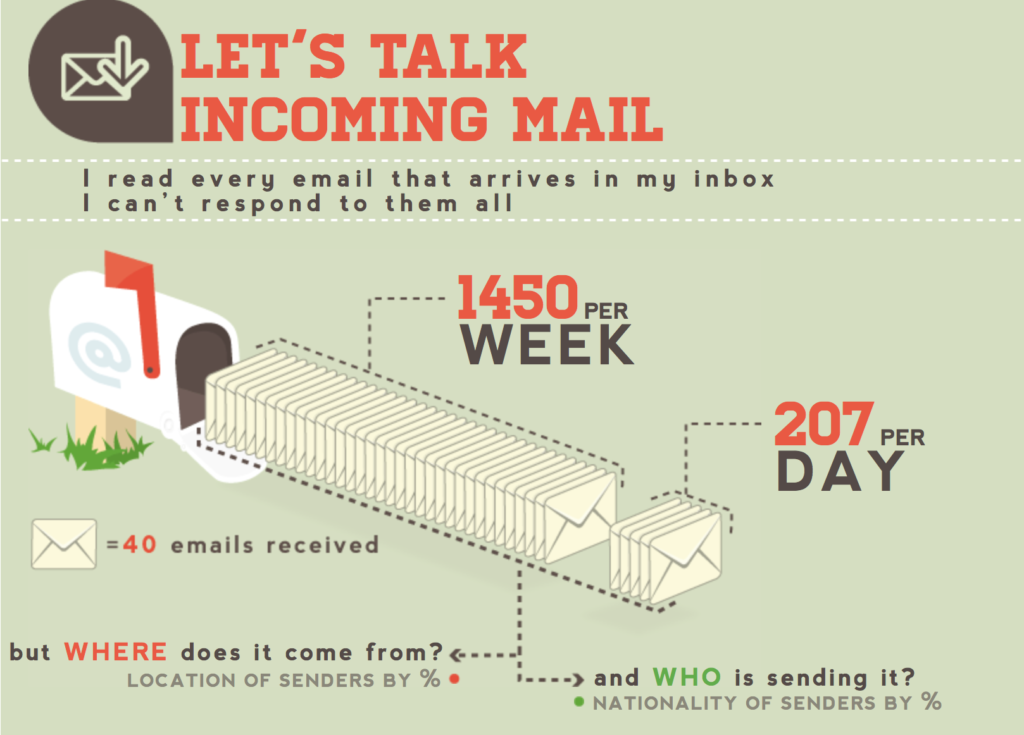Consistently providing valuable content keeps your content brand alive, and generating revenue from your efforts allows you to thrive.
Content creators often struggle with generating revenue from their products while continuously creating fresh content.
While I believe both can be interwoven together (maybe the idea for a future blog post?), one proven approach is to batch your content creation so you can dedicate more time, attention, and energy to revenue-generating activities.
What Is Content Batching?
Content batching is as simple as committing one day to producing an extraordinary amount of content.
John Lee Dumas, for example, designates two days a month for conducting interviews (his daily episodes over at EOFire mean he’s interviewing 15+ people on a regular basis). John also dedicates one day per month as an interviewee for more than 20 podcasts.
If you choose one day to write a month’s worth of blog posts, you can then focus on product launches, brand building or other initiatives for the rest of the month.
How To Batch Your Content Creation
Batching content creation begins with nailing down a date to write all of your content.
Prior to writing, set one day aside to come up with ideas. So if you decide to create all of your content on the first Tuesday of each month, you should create a list of topic ideas no later than Monday.
If you want to use the content batching strategy for your podcast guests, start contacting people 2-3 weeks in advance. Booking guests for your podcast is different from batching blog posts because of the time needed for emailing and scheduling the podcasts.
But in either case, you must be hyper focused once you have your ideas clearly in mind.
Becoming Hyper Focused
You may choose one day to create your monthly content, but if you frequently get distracted, you are not fully unlocking your potential.
To succeed, you must be actively engaged in your work for most of the day. This means not only thinking about how you work, but also getting smart about the environment in which you work.
Always choose a commitment-free day for content batching. For example, I enjoy participating in cross country and track meets – which usually take place on Saturdays – so I wouldn’t plan my content batching initiatives on the weekend.
Choose a day that isn’t surrounded by work or outside commitments.
The day before you’ve committed to content batching, remove all distractions from your environment. Since each of us is distracted by different things, it helps if you create a list of potential triggers.
Writing a list of potential distractions will help you prepare in advance: you’ll know what to avoid while working, and what to ignore before you even get started.
Advice On Pursuing Bigger Projects
Once you begin creating content in batches, you’ll have extra time to work on bigger projects. Don’t take that time for granted because your next content-batching day will arrive sooner than you think.
In addition to creating lists to assist you on your content-batching days, create a detailed plan for how you’ll pursue bigger projects.
What progress must you make by the end of the month? How will you plan each week to reach your monthly goals? What will you do each day to accomplish your weekly goals for each week of the month?
If you struggle with keeping yourself accountable, ask someone to help you. In a sea of free information, hiring a coach is one of the most underrated investments you can make for your success.
A coach will steer you away from common mistakes and move you towards success, but in this case, your coach will keep you accountable.
Advice On Content Creation
One of the dangers of content batching is the tendency to consider content creation as a necessary evil.
Viewing content creation as a chore keeps you from content marketing, and always pursuing bigger projects prevents you from enjoying the work at hand.
Once I’d focused so much on content marketing and bigger projects that I saw content creation as an obstacle. This is one of the main reasons my blogging consistency dropped from two posts a day to once per week.
Before I changed my mindset, I was even inconsistent with publishing the weekly post. So if you decide to batch your content 1-2 days per month, never forget to look forward to, and enjoy, those days.
In Conclusion
Content batching allows you to focus solely on creating content 1-2 days each month, giving you the rest of the month to concentrate on promotion and additional projects.
You can also apply the batching method to any time-consuming task in your business to open up more time in your month for other tasks.
But you must be careful not to look at batching activities as a necessary evil. Rather, try to appreciate those days as time to be hyper focused on something that brings you pleasure.
If you see any of your tasks as necessary evils, change your thinking! If you can’t, eliminate or delegate them.
What are your thoughts on content batching? Do you have any suggestions? Have a question for me? Sound off in the comments section below.






